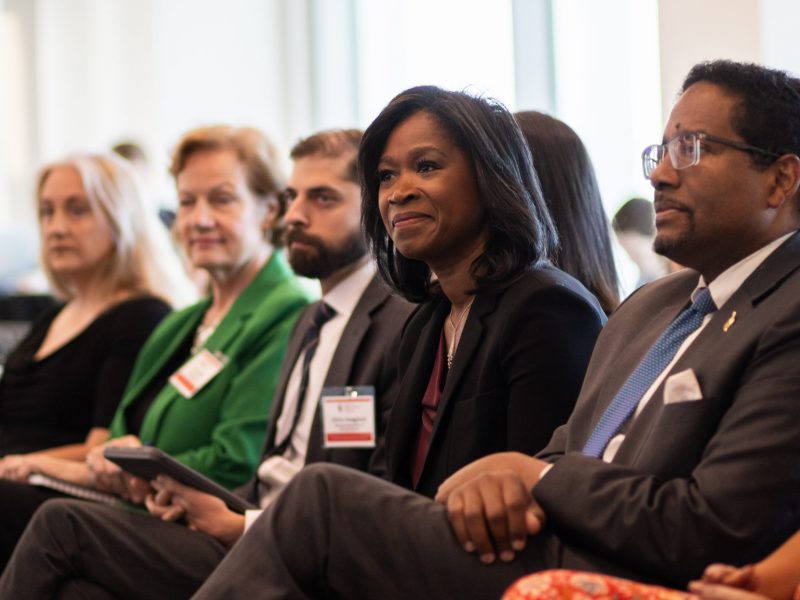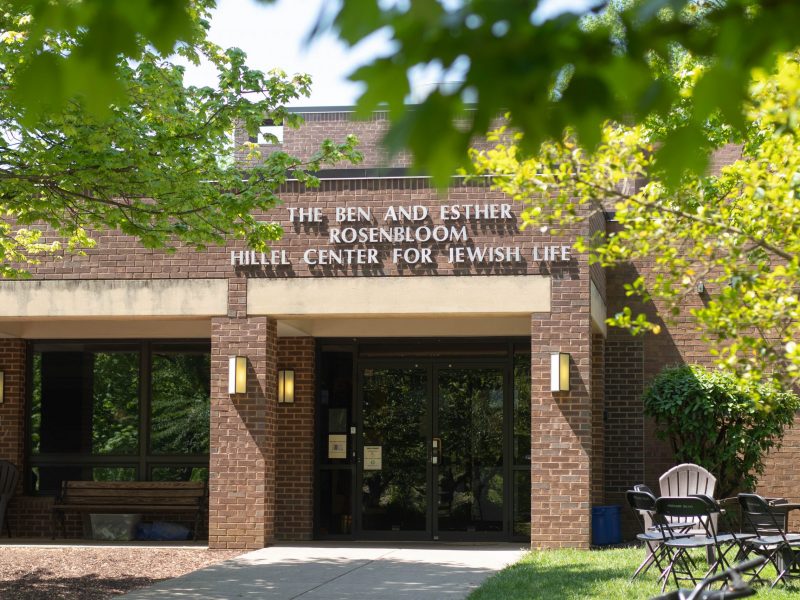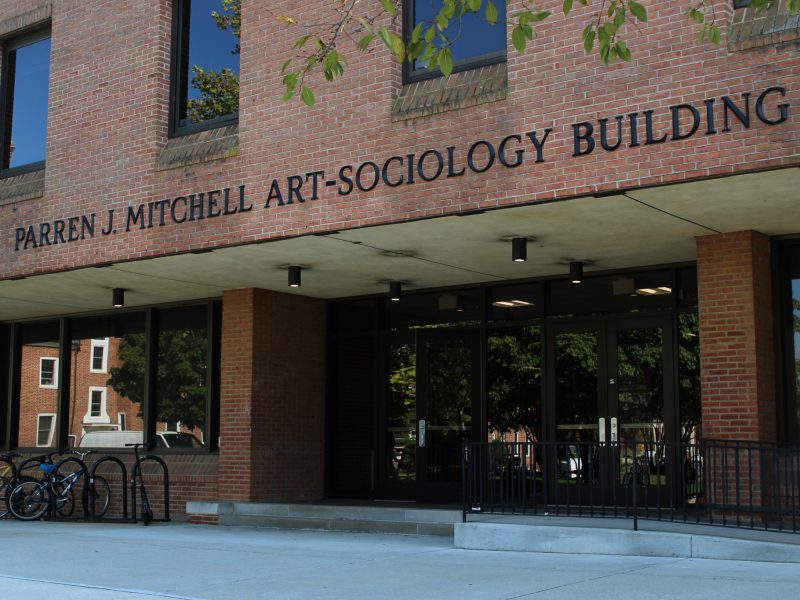Most University of Maryland students — or any student for that matter — can’t say they will have an experiment sent to space. That is, except for seniors Yaniv Kazansky, Aaron Solomon and Gary Soroosh.
These three students participated in a university-level competition through the Integrated Life Sciences Honors Program, UMD Student Spaceflight Experiments Program Mission 10, and designed a project that was selected to be sent to the International Space Station. Kazansky, Solomon and Soroosh competed against about 30 other students across seven other teams, as part of a larger national program that involved a total of 4,800 students.
The students’ project will focus on the effects of microgravity on bacterial pathogeny, or bacteria’s development, because “studies have shown that [bacteria] can be more dangerous to astronauts in space,” said Kazansky, a biochemistry and biology major. Bacteria samples contained in a capsule will depart from Earth in about March or April, Kazansky said. The bacteria — frozen to ensure the data is only captured when it reaches the ISS — will be unfrozen once it reaches its destination. When the bacteria returns to Earth, the three students will analyze the RNA to see what differences occurred in its genes while it was in space. The students can then pinpoint the differences by comparing those genes to genes of the same bacteria species that was grown on Earth.
The bacteria being sent “is a totally safe bacteria; it’s a kind that lives in our body,” Kazansky said. “It’s safe for the astronauts, but it’s related to disease-causing bacteria.” Because it’s related to a disease-causing bacteria, it will develop similarly to that bacteria.
The experiment is reaching fruition thanks to the Student Spaceflight Experiments Program, a national organization that will send the project to space. The contest included students as young as fifth graders and as old as seniors in college, with winners in different age groups. Only one spot in the competition was open to students within the University System of Maryland — which the three seniors snagged. There were about 10 submitted proposals for this spot, Kazansky said.
The goal of the three seniors’ project is to know exactly how microgravity effects the RNA of bacteria so that scientists can fight back, Kazansky said. The genes are also not limited just to their project — they can be analyzed by other researchers for different experiments, he said.
“With respect to this group that I’m involved with, they’re truly driving it, so I think that’s a really good program from an organizational standpoint,” said Wade Winkler, a professor in the Department of Cell Biology and Molecular Genetics.
The students are given size constraints for the experiment, Winkler said. They’re allotted one free capsule that will send the materials to the ISS, and if they need more space they can pay for additional capsules.
“It’s almost like a puzzle,” Winkler said. “What kinds of experiments and questions can you possibly ask given the constraints of the mission? And that’s a worthwhile challenge in and of itself to use a combination of logic and creative ideas.”
Space travel is important because it allows the country to unite “behind a really beautiful common goal,” said Solomon, a cell biology and computer science major. This is important “especially after this election.”
“It’s become increasingly evident that we need to understand the effects of long-term space travel on humans,” Solomon added, because the U.S. government intends to send astronauts into space for a variety of reasons within the next decade and a half.
With more people going into space, he said, “we need to be able to keep our astronauts safe from infectious diseases.”
This isn’t just limited to astronauts, Solomon said. With advances in technology that allow private companies to send people into space, wealthy private citizens will take part in space travel as well. And with so many people exposed to these effected bacteria, he said it’s more important than ever to figure out.
“These advances will enable us to go to outer space, but the biology that we’re looking at is what’s going to keep us safe once we get there,” Solomon said. “And the idea that space travel is now an accessible commodity for [some] individual private citizens is really exciting.”
CORRECTION: A previous version of this article stated the competition was nationwide and that the students competed against 4,800 students from 11 teams. It was university-wide and they competed against about 30 students from seven teams. This story has been updated.


